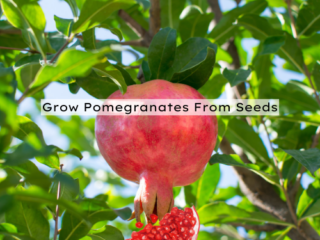If you live in an apartment or have limited outdoor space, bringing some plant life indoors can do wonders for making your living environment feel more fresh, vibrant, and connected to nature.
But not all plants are well-suited for life inside, and choosing the wrong ones can leave you stuck with sad, wilting greenery.
The greatest plants for apartment living, how to take care of them, and the wonderful advantages of having these plant friends in your house will all be covered in this blog post.
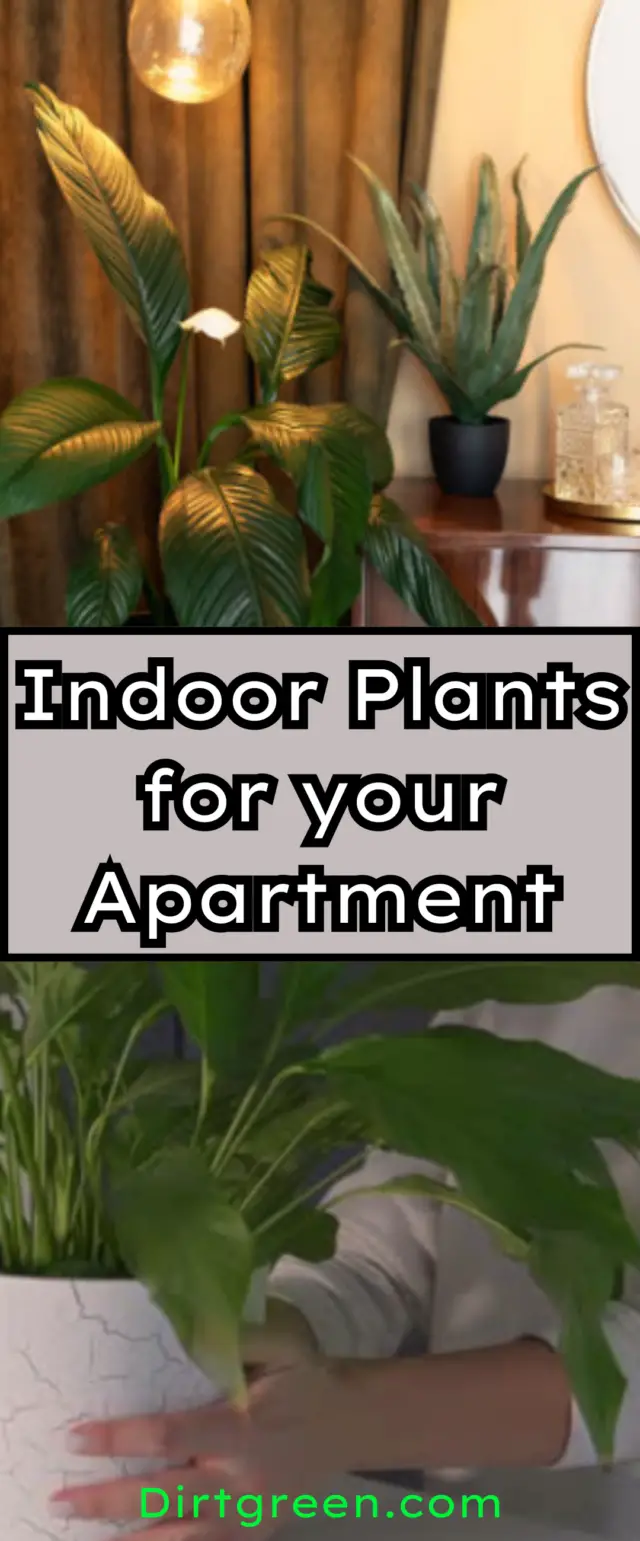
Indoor Plants for your Apartment
Why Have Plants Indoors?
More than just decorative accents, having plants inside can provide a wonderful array of benefits, both tangible and intangible. Let’s take a look at some of the big advantages of nurturing apartment plants:
Air Purification
Many common houseplants are excellent at removing toxins and pollutants from the air, leaving behind purer oxygen. Plants absorb carbon dioxide and release oxygen through photosynthesis, but some plant species go even further by filtering out other harmful compounds like benzene, formaldehyde, and trichloroethylene that can linger indoors. Some of the top air purifiers include English ivy, snake plants, peace lilies, and rubber trees.
Stress Relief
There’s just something soothing and tranquil about being around lush greenery and plant life. Studies have shown that having plants in a room can help lower blood pressure, anxiety levels, and feelings of stress and tension. They provide a small connection to the natural environment, even when fully contained indoors. Caring for plants can be a meditative, grounding ritual as well.
Increased Humidity
By releasing moisture vapor through their leaves, houseplants can help raise indoor humidity levels. This can counteract health issues caused by dry air from heaters and air conditioning, such as sore throats, dry skin, and irritated sinuses. Plants release about 97% of the water they absorb back into the air.
Improved Air Quality
In addition to removing toxins, plants can make the air feel fresher and less stale by absorbing unpleasant odors. Certain species, like chrysanthemums, are particularly good at this.
Better Mental Health
Having plants around has been linked to increased feelings of well-being, optimism, and self-reported happiness levels. Adding some greenery to your living space can boost your mood and mental health.
Best Plant Choices for Apartments
Not all plants are equally suitable for indoor apartment life. You’ll want to consider factors like lighting requirements, humidity needs, size, and overall ease of care when choosing plants. Here are some prime choices that can thrive in an apartment setting:
1. Snake Plant
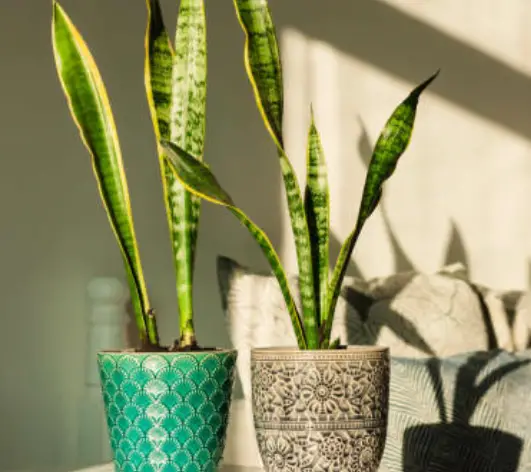
Snake Plant
One of the most popular, foolproof indoor plant choices, snake plants (also called mother-in-law’s tongue) are resilient, visually striking, and very low-maintenance. Their stiff, upright leaves add height and their distinctive patterns bring great texture. They prefer bright, indirect light but can handle some shade and irregular watering.
2. Pothos

With their lush, trailing vines and vibrant green leaves, pothos plants can add a lovely drapey look when grown in hanging baskets. They’re incredibly versatile, tolerating both bright light and shadier conditions, and only need watering every 1-2 weeks. Pothos help purify indoor air as well.
3. ZZ Plant
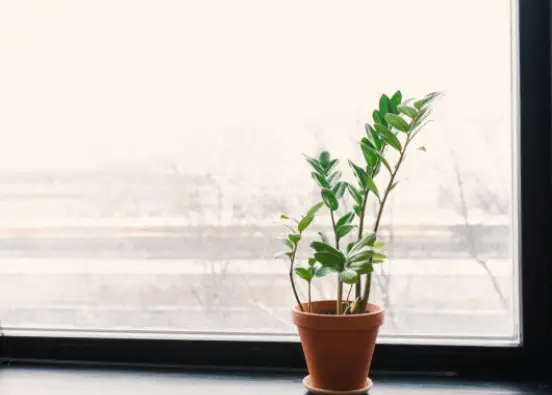
ZZ Plant
For those seeking ultra-low-maintenance greenery, the ZZ plant is a powerhouse. It can go for extended periods without water and still look fresh, only needing drinks every 2–3 weeks. ZZ plants thrive in a wide range of lighting conditions and are considered virtually indestructible.
4. Peace Lily
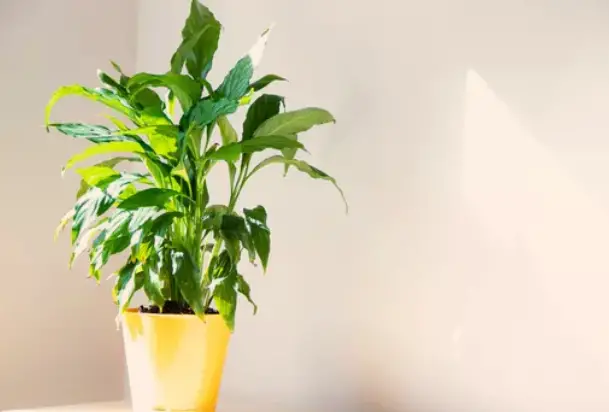
From the same family as calla lilies, peace lilies add an elegant, flowering touch indoors. Their lush, broad leaves remain stunning in between blooming periods. They help to filter household air and will tell you when they need water by drooping, only to revive quickly after a drink.
5. Chinese Evergreen

Chinese Evergreen
True to their name, Chinese evergreen plants can retain their glossy, standout foliage year-round with very little maintenance. They do well in low light and low humidity, only needing enough light to read. Their striking leaves come in shades of green, red, pink, and cream.
Succulents

Succulents
For those wanting low-key plants that are almost impossible to kill, succulents make beloved, charming apartment plants. Echeverias, jade, burro’s tail, and zebra haworthias are just a few options
Basic Plant Care Tips
Even though these plants are relatively easy-going for indoor growing, they’ll still need some basic care and attention to stay lush and vibrant. Here are some simple tips for keeping your indoor plants happy and healthy:
Lighting
Most houseplants will need at least some bright, indirect light to thrive. Placing them near a sunny window is ideal, though you may need to rotate them periodically to prevent lopsided growth. If your apartment doesn’t get much natural light, grow lights can supplement.
Watering
The largest killer of indoor plants is overwatering. Always check if the soil is dry before giving your plants a drink, and make sure pots have proper drainage. Most houseplants prefer a cycle of drying out between waterings. Factors like pot size, plant type, and sun exposure affect how frequently you’ll need to water.
Humidity
While some plants, like orchids and ferns, crave high humidity, other common houseplants do just fine at average household humidity levels between 30 and 50%. Grouping plants together can create a little humidity microclimate, or use a pebble tray or humidifier if needed.
Temperature
In general, indoor plants prefer the same temperature ranges that we find comfortable: between 65 and 80°F during the day and a bit cooler at night. Avoid drafts, air vents, or heat sources. Most can handle temperature dips into the 50s at night in winter.
Fertilizing
A balanced liquid fertilizer applied once a month or so during spring and summer will provide the nutrients plants need to grow their best. Always follow instructions to avoid over-fertilizing.
Pruning & Grooming
Pinching off dead leaves and flowers, trimming stray growth, and pruning overcrowded stems will keep plants looking neat and discourage pests or disease. Clean the broad leaves occasionally with a damp cloth.
Potting & Repotting
Choose pots with good drainage and ensure they’re not drastically larger than the root ball when potting plants. As houseplants grow, they’ll eventually need to be repotted into larger containers with fresh potting soil every year or two.
Benefits of Propagating
One fantastic aspect of having indoor plants is that many varieties can be easily propagated to grow new plants from cuttings or division. This allows you to multiply your plant collection for free! Propagation is a great way to share plant babies with friends or cultivate full, lush hanging baskets.
Some very propagation-friendly plants include:
- Pothos
- Philodendrons
- Pilea
- Tradescantia (Inch plants, striped wandering jew)
- Succulents like echeveria, jade, etc.
- Snake plants
- Spider plants
- Peperomias
- string of pearls
For trailing vines like pothos or philodendrons, you can simply snip off a long stem and place the cutting in soil or water to root. For non-vining plants, taking a piece of the main plant’s stem with a node attached gives you the best odds. Let cuttings scab over for a day or two before rooting. Adding a rooting hormone helps jumpstart the process.
Once rooted, you can continue growing the new cuttings in their starting pots or carefully transplant them into new containers. It’s helpful to take cuttings in spring as plants begin their growth cycle.
Easy-to-Grow Edibles
Why not complement your ornamental plant collection with some edible options as well? Several herbs, fruits, and vegetables can be grown indoors successfully with the right light, soil, and care. Here are some top choices to consider:
- Herbs: Basil, mint, chives, rosemary, thyme, oregano, and parsley
- Greens: Lettuce, kale, swiss chard, spinach
- Tomatoes: Many patio and dwarf varieties do well in containers
- Citrus: Lime, lemon, and dwarf orange trees
- Berries: Strawberries can be grown indoors in hanging baskets
- Microgreens: An easy way to grow nutrient-dense greens quickly


